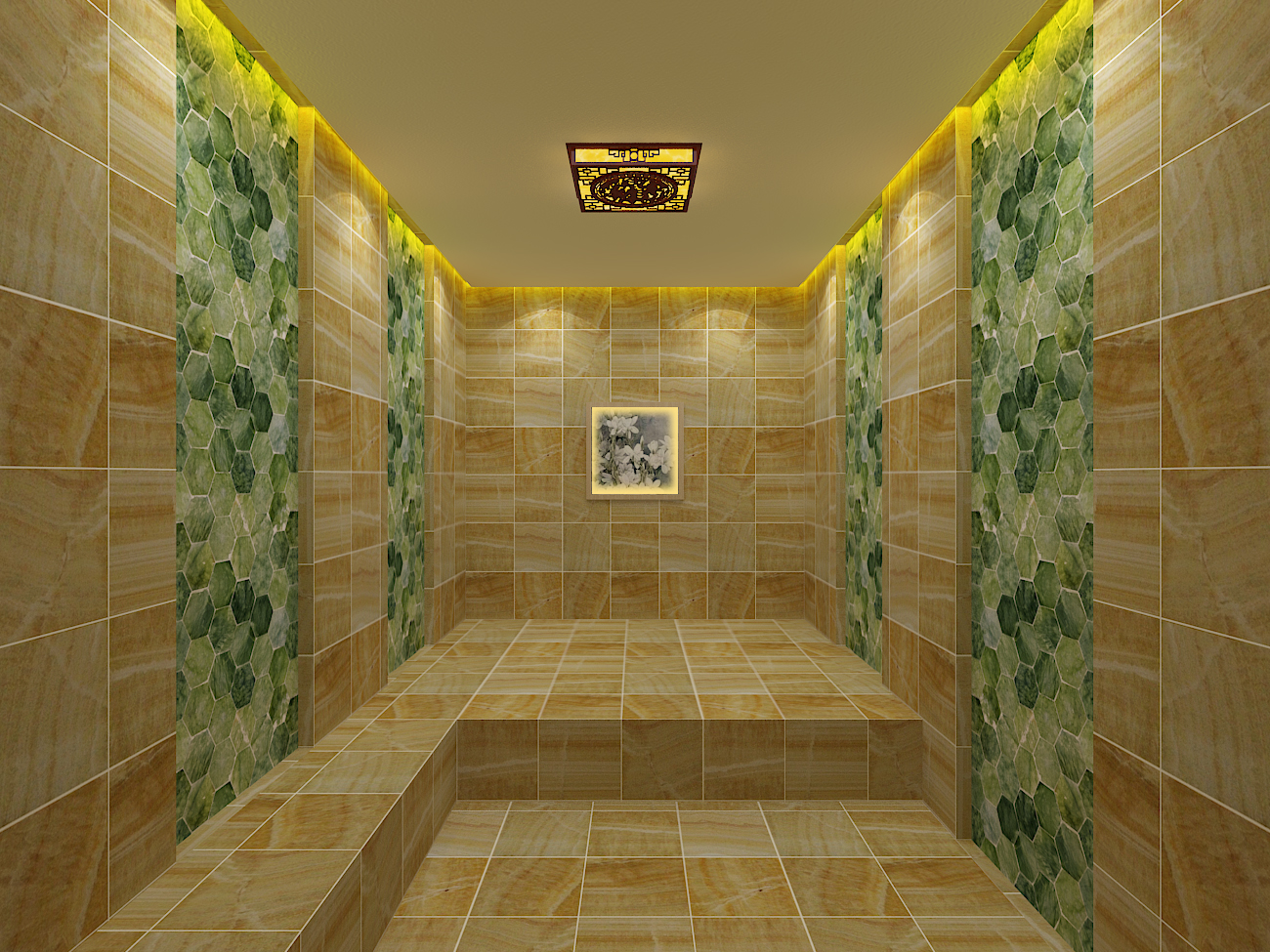
In the realm of building construction and maintenance, ensuring the integrity and durability of structures is of utmost importance. Sweat rooms, with their high humidity and moisture levels, pose a particular challenge. Waterproof materials play a crucial role in safeguarding the sweat room structures from the detrimental effects of moisture. This article will explore the various ways in which these materials function to prevent moisture damage.
Sweat rooms, such as saunas and steam rooms, are designed to create a humid environment. The continuous exposure to high levels of moisture can lead to a multitude of problems. The warm and humid air can cause condensation on the surfaces of the walls, ceiling, and floor. Over time, this condensation can seep into the building materials, leading to issues such as mold growth, rot, and degradation of the structural integrity. Additionally, the moisture can interact with metal components in the structure, causing corrosion and weakening of these elements.
Waterproof membranes are commonly used in sweat room construction. These thin, flexible sheets are applied to the surfaces to create a barrier against moisture. They are typically made of materials such as polyethylene or rubber. When properly installed, they prevent water from penetrating the underlying structure. For example, on the floor of a sweat room, a waterproof membrane can stop water from seeping through the concrete slab and into the subfloor, protecting the wooden joists or other structural components beneath.
Waterproof coatings are another effective means of protection. These coatings are applied like paint and form a seamless, protective layer. They can be made from acrylic, epoxy, or silicone-based formulations. They adhere tightly to the surface of the walls and ceiling, sealing any pores or cracks that could allow moisture to enter. In a steam room, for instance, a high-quality waterproof coating on the walls can prevent the steam from permeating the drywall and causing damage to the interior of the wall structure.
In a sweat room, there are often joints and seams where different building materials meet. These areas are vulnerable to moisture infiltration. Waterproof sealants are used to fill and seal these joints. For example, around the edges of the door and window frames, a suitable sealant can prevent water from entering through the gaps. Silicone sealants are often preferred due to their excellent adhesion and flexibility, which allows them to withstand the expansion and contraction caused by temperature changes in the sweat room.
One of the significant benefits of using waterproof materials is the prevention of mold and rot. Mold thrives in moist environments and can not only damage the structure but also pose health risks to the users of the sweat room. By effectively blocking moisture from penetrating the building materials, waterproof materials create an inhospitable environment for mold spores to grow. For instance, if the walls of a sweat room are properly waterproofed, the likelihood of mold growth on the interior surface is greatly reduced. This helps to maintain a clean and healthy atmosphere within the sweat room.
Rot is another concern, especially for wooden components in the structure. Waterproofing prevents water from saturating the wood, which would otherwise lead to decay over time. By keeping the wood dry, its structural integrity is preserved, ensuring the long-term stability of the sweat room.
Waterproof materials also contribute to the durability of the various structural components in the sweat room. Metal fasteners, brackets, and pipes are susceptible to corrosion in a moist environment. By using waterproof coatings or wrapping these components with waterproof materials, their lifespan can be significantly extended. For example, stainless steel pipes used for steam distribution can be coated with a specialized waterproof and anti-corrosion coating to prevent rusting. This not only maintains the functionality of the pipes but also reduces the need for frequent replacements, saving both time and money in the long run.
The walls and ceiling, when protected by proper waterproofing, are less likely to deteriorate due to moisture-related issues. This means that the sweat room structure can withstand the rigors of the high-humidity environment for a longer period, reducing the need for costly renovations or repairs.
To ensure the continued effectiveness of waterproof materials in preventing moisture damage, proper maintenance is essential. Regular inspections should be carried out to check for any signs of damage or wear in the waterproof membranes, coatings, or sealants. If any cracks or peeling are observed, they should be repaired promptly. In addition, keeping the sweat room clean and well-ventilated can also help to prolong the life of the waterproof materials. Excessive dirt and debris can accumulate on the surfaces and potentially damage the waterproof layer. Adequate ventilation helps to reduce the humidity levels and prevent the buildup of condensation, which can put stress on the waterproofing system.

